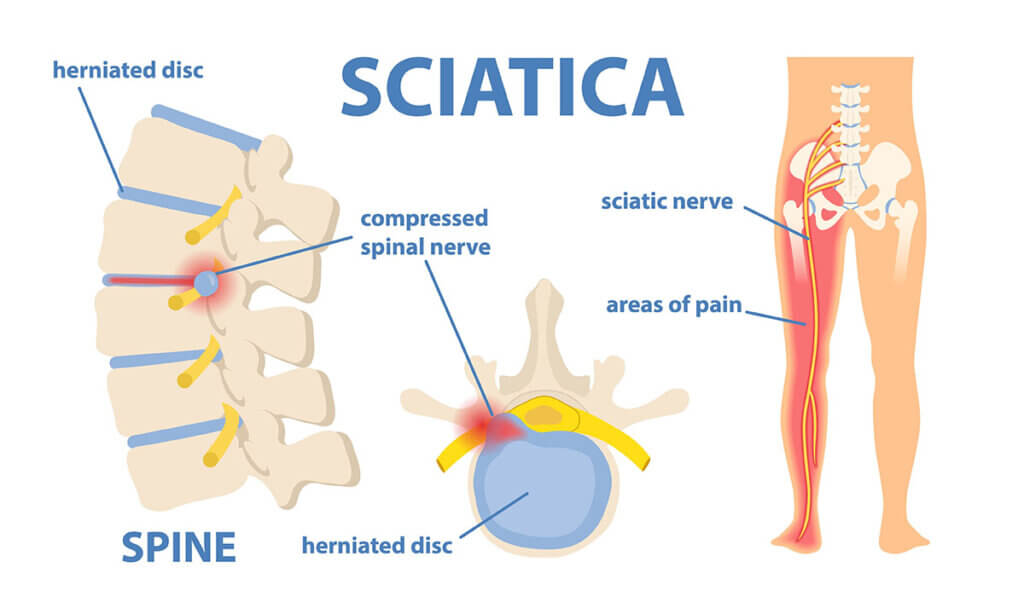
How can a Physio help?
Physiotherapy can assist individuals who are experiencing sciatica by firstly conducting a thorough assessment which includes a subjective assessment, physical assessment. The treatment will be based on the outcome of the assessment.
Overall, the aim with physiotherapy for sciatica is to assist with pain management, restore normal range of motion in the spine, improve function and strength. Physiotherapists can assist with this by using various treatment approaches such has manual therapy soft tissue mobilization, joint mobilization to reduce muscle tension in the lower back. Specific strengthening and stretching exercises can be used to strengthen areas to support the back such as core and glutes.
Exercises prescribed by a physiotherapist is tailored to the individuals needs and can not only improve strength but also improve flexibility and promote proper posture.
A physiotherapist can further assist by providing education and self-management advise which can prevent further occurrences of sciatica.
Furthermore, physiotherapists work closely with individuals experiencing lower back pain and sciatica to reduce pain, improve mobility and enhance their overall quality of life. Physiotherapists provides a comprehensive approach with a combination of hands on treatment, therapeutic exercises and education to address the underlying cause of pain and most importantly to promote a long term recovery.
Lauren Kloppers – Physiotherapist

